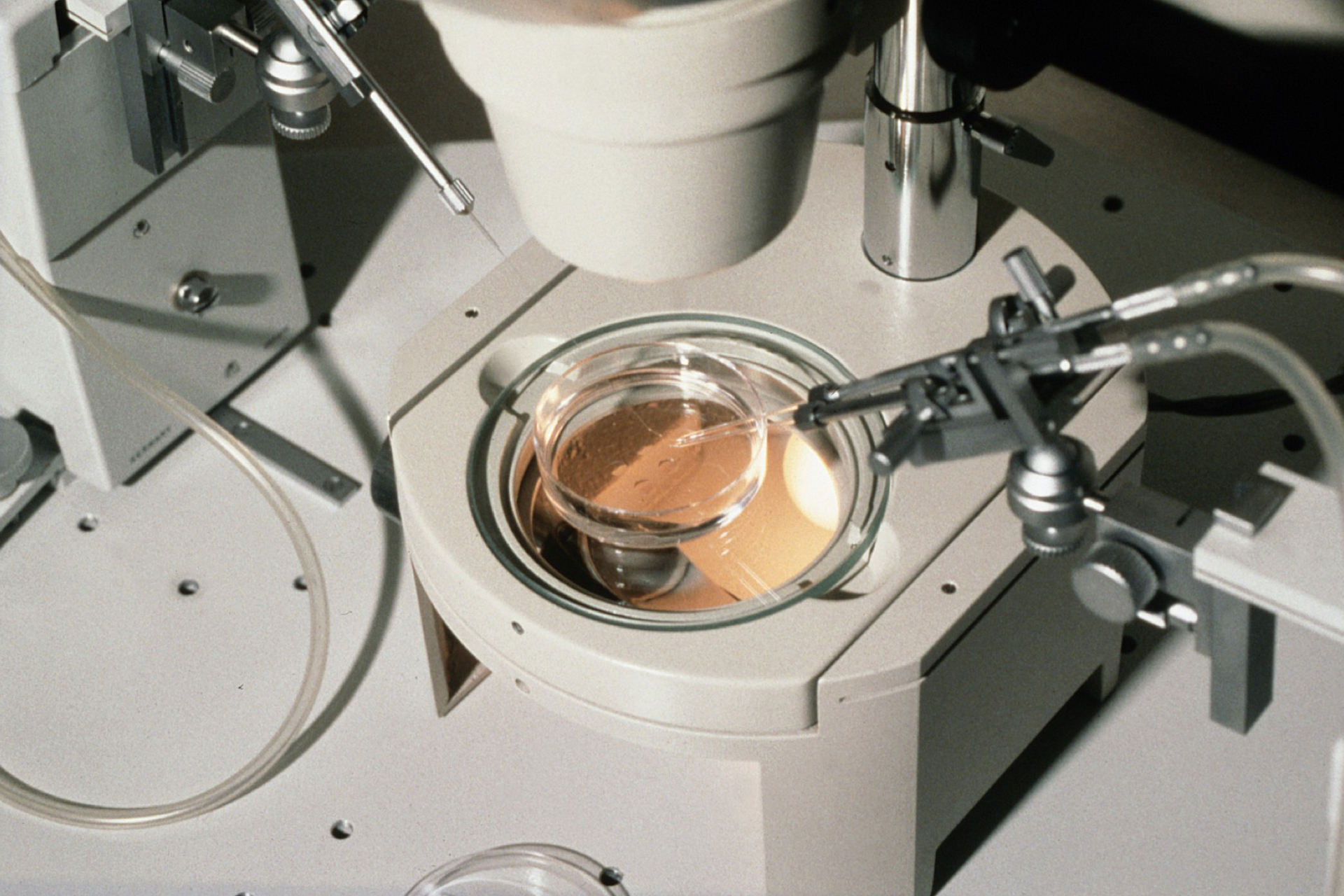An experimental preservation method could let women store eggs at home as a powder and then 'just add water' (and sperm) when needed. The Israeli biotechnology firm Core Dynamics has reported that 23 of 30 cow eggs were viable after a trial using their process, which has not yet been tested on human eggs.
Currently, eggs are frozen (or, increasingly, 'vitrified') and stored at a fertility clinic. This is often expensive, with an initial cost of around £3,500 and then a further yearly storage cost. According to a report in New Scientist, the firm claims that their process could dramatically cut initial costs and avoid storage fees altogether, as the powder would only need to be stored in a dark, vacuum-packed container.
The process uses the same ultra-rapid cooling technique as vitrification but before this soaks the egg in a solution which helps to prevent cold damage to the tissue. Normally, after vitrification, eggs are stored in liquid nitrogen. But, New Scientist relates, in Core Dynamics' technique 'residual frozen water is converted directly into a gas by storing the vitrified cells at -55°C for a day under low pressures, which allows the water to sublime away'. The resulting powder would then be stored before use at a later date.
The scientist who developed this method, Dr Amir Arav, revealed his findings at the Cryo conference in Berlin, Germany, saying that the powder can potentially be stored indefinitely. The method has already been tested successfully on red blood cells and on human mononuclear cells from umbilical cord blood.
But the process requires much more testing before it can be used for human fertility preservation. Claus Andersen, professor of human reproductive physiology at the University Hospital of Copenhagen, Denmark, told New Scientist: 'We need to know whether the oocytes can be fertilised after freeze-drying, whether they then form normal embryos, and if they do, the extent to which they implant in the womb and develop into healthy offspring'.
The firm hope to use the rehydrated eggs to produce viable and healthy animals, before potentially moving on to using human eggs. Professor Anderson says that 'the freeze drying needs to be shown to be as good as the conventional method of freezing under liquid nitrogen and this could take some time'.






Leave a Reply
You must be logged in to post a comment.